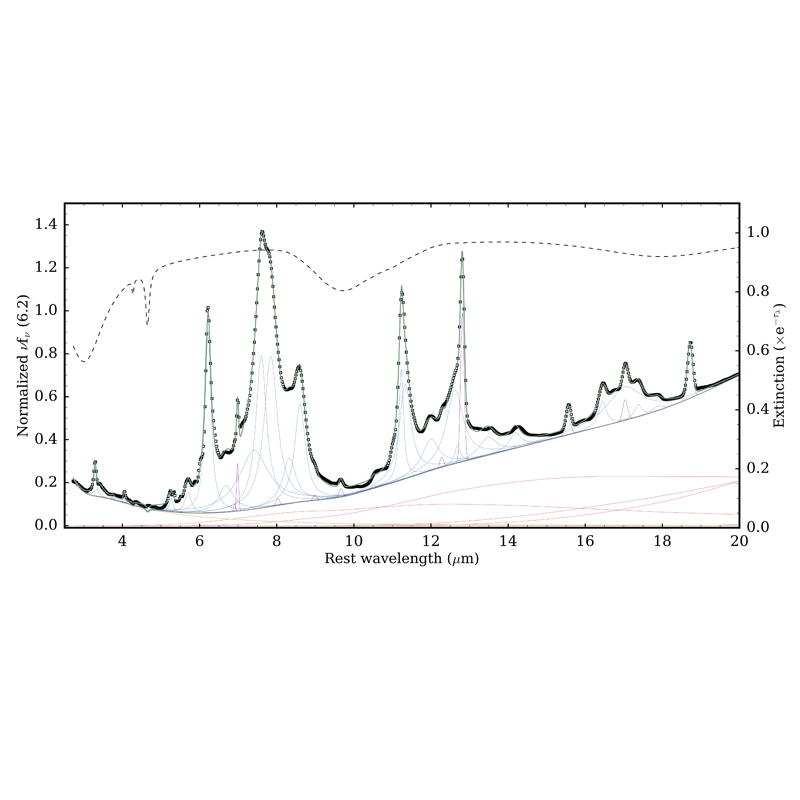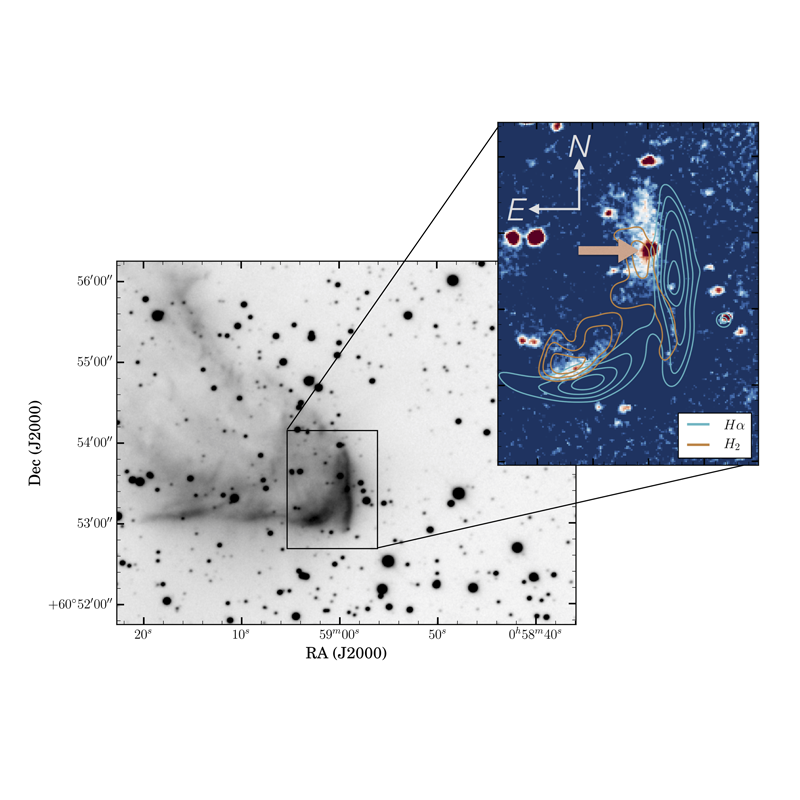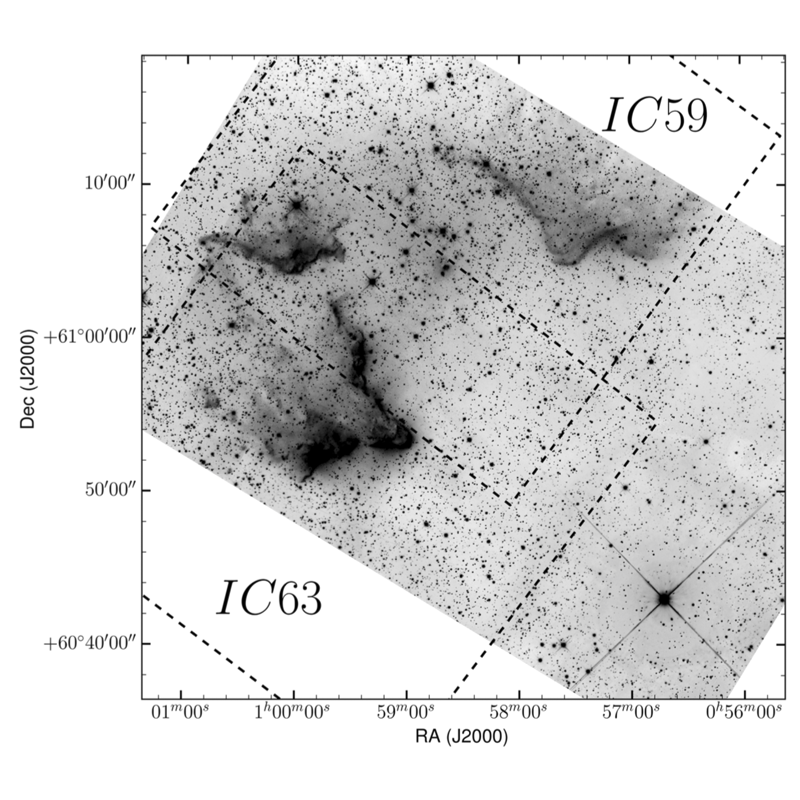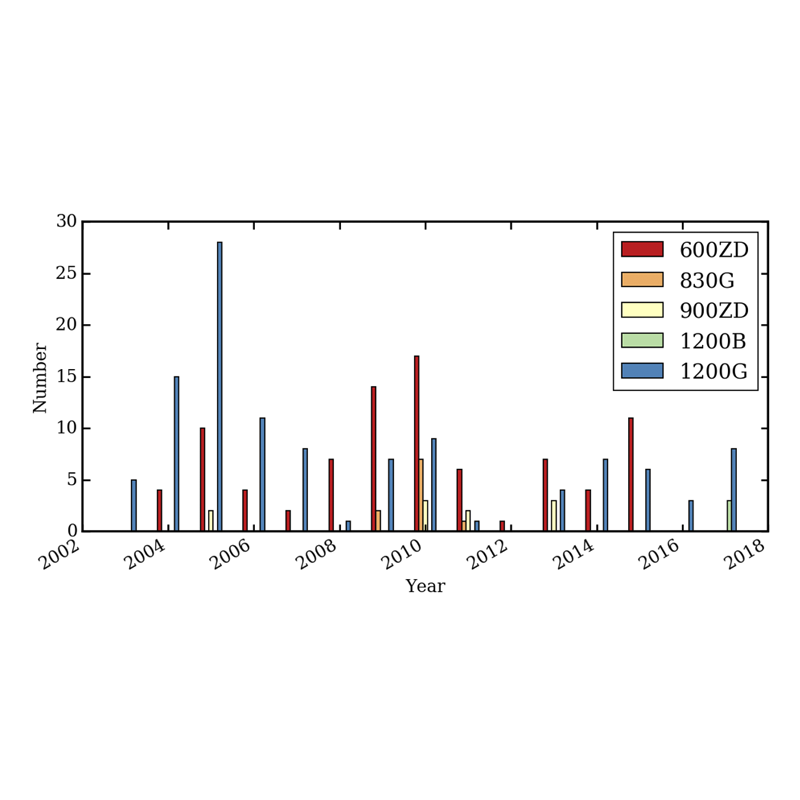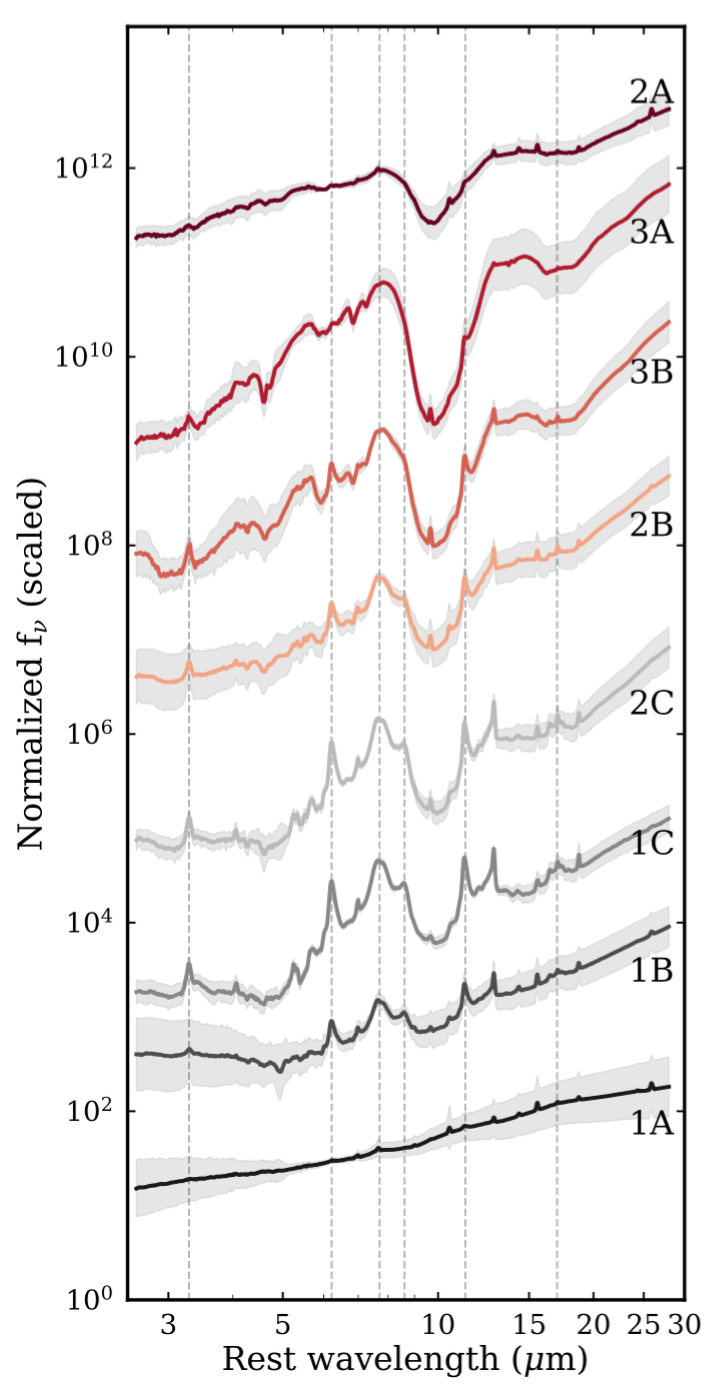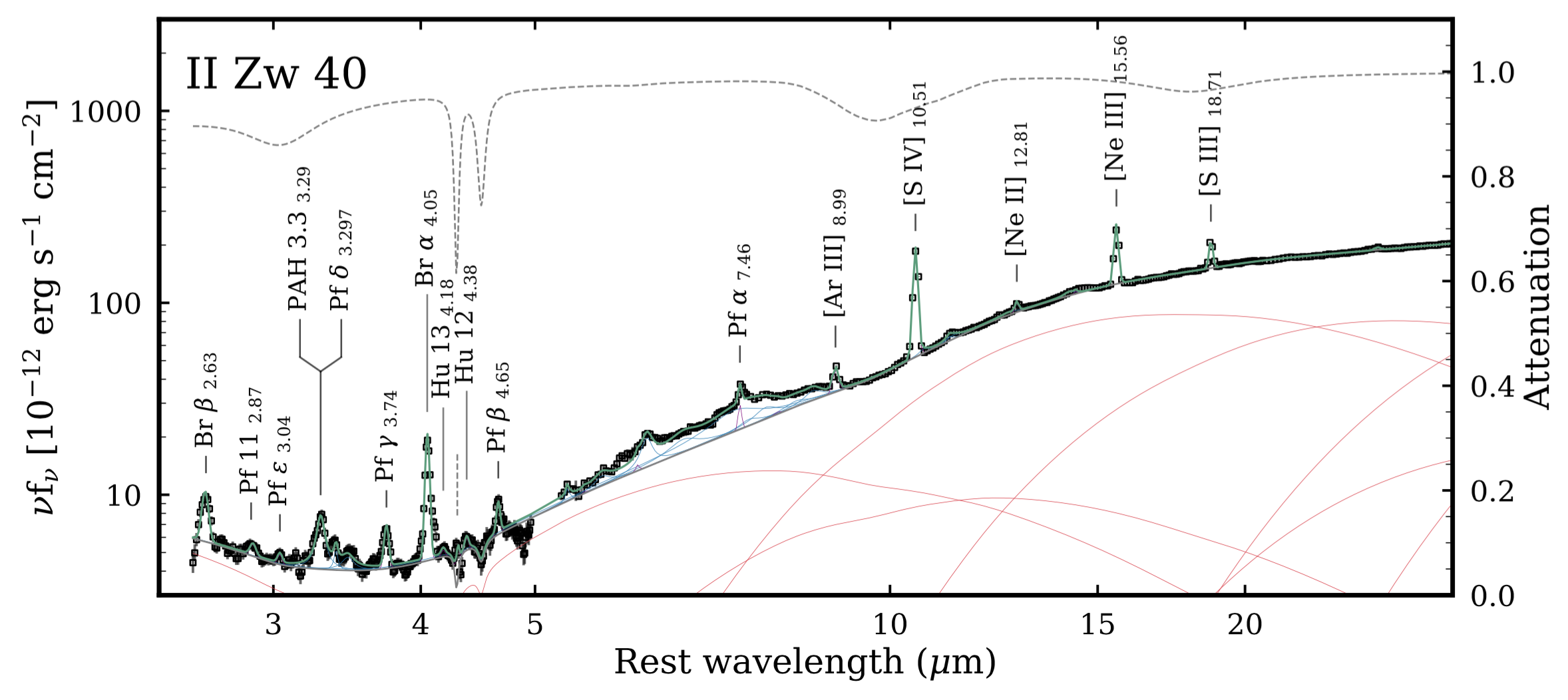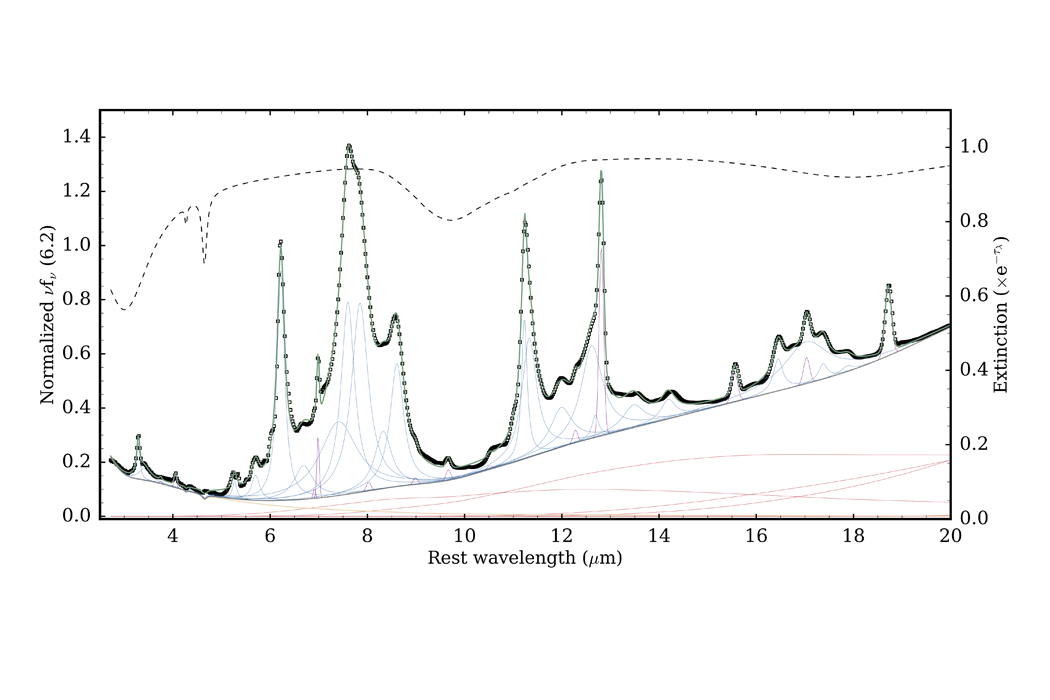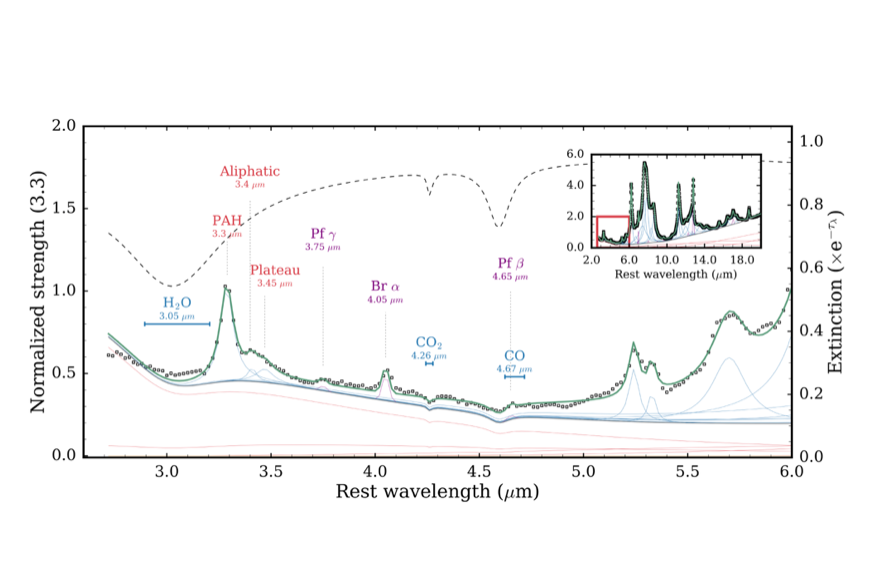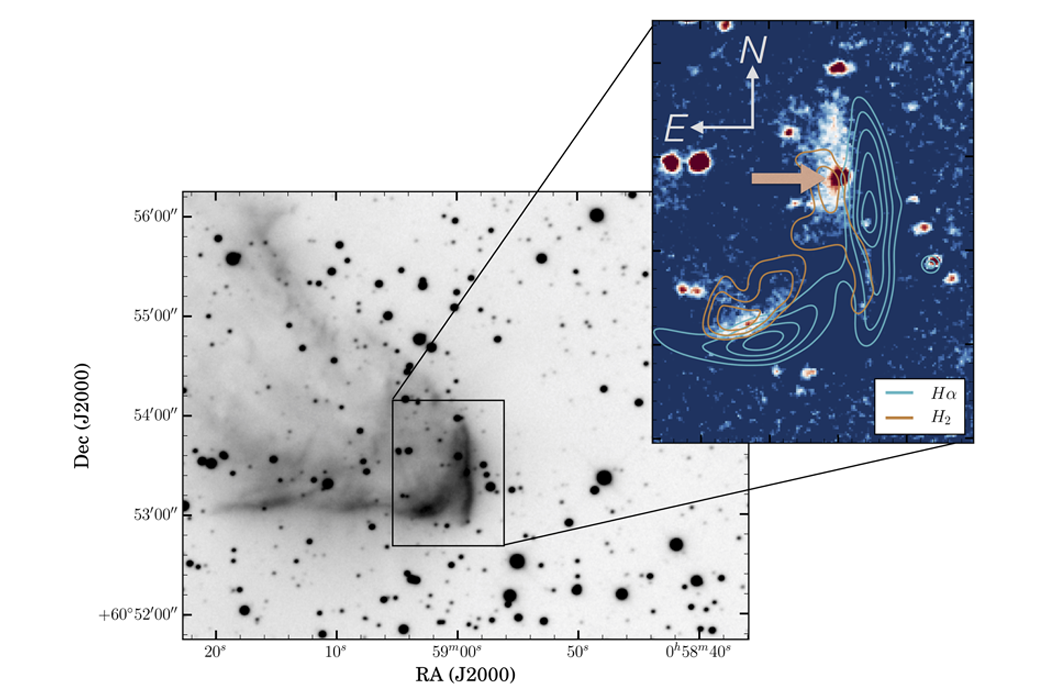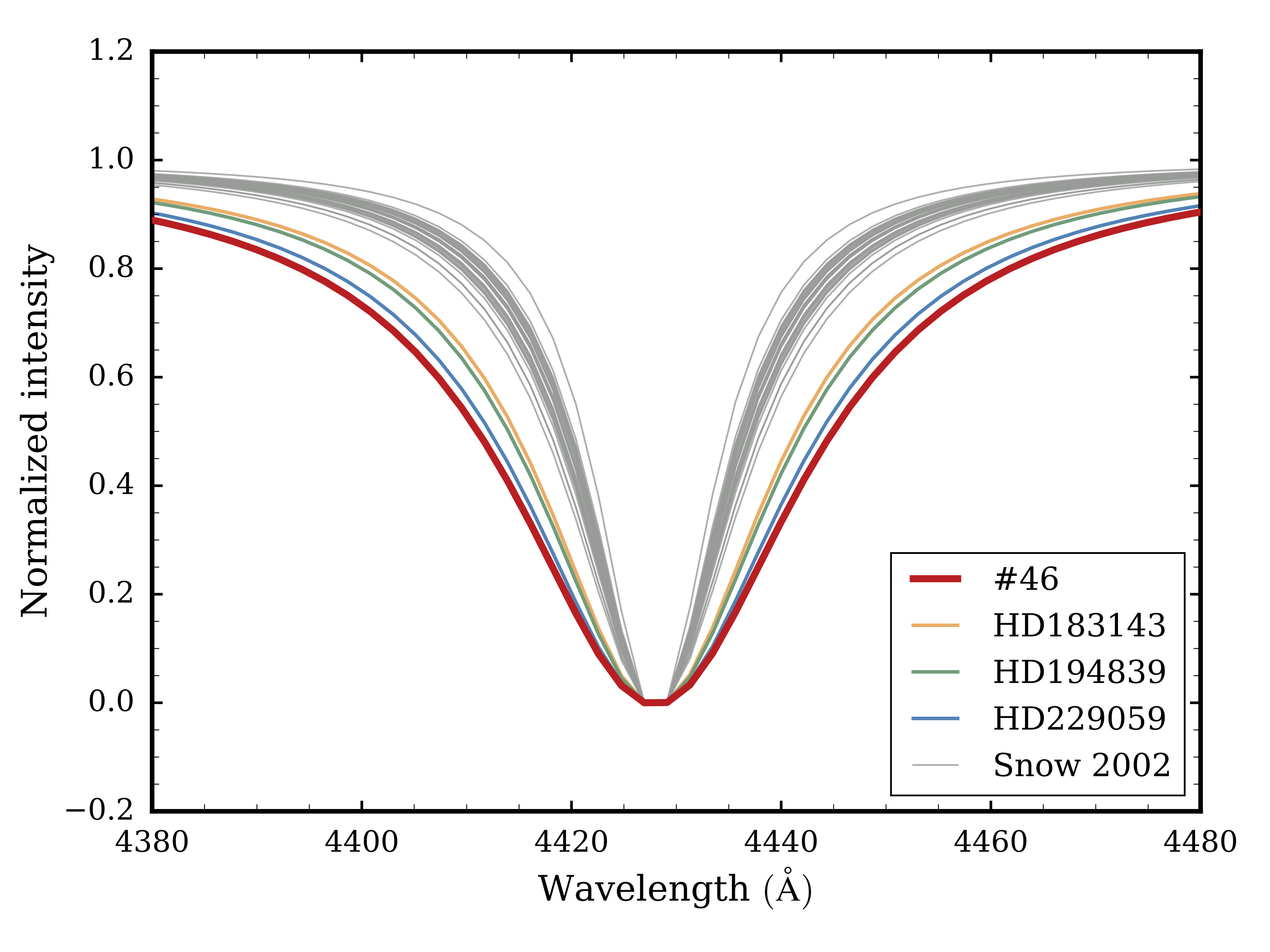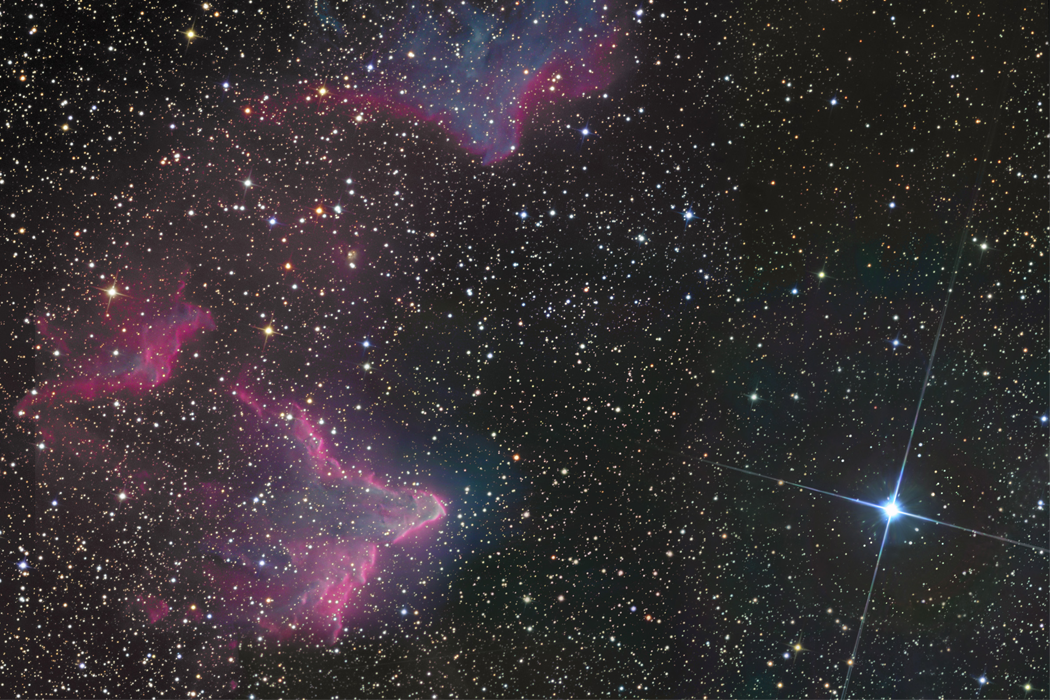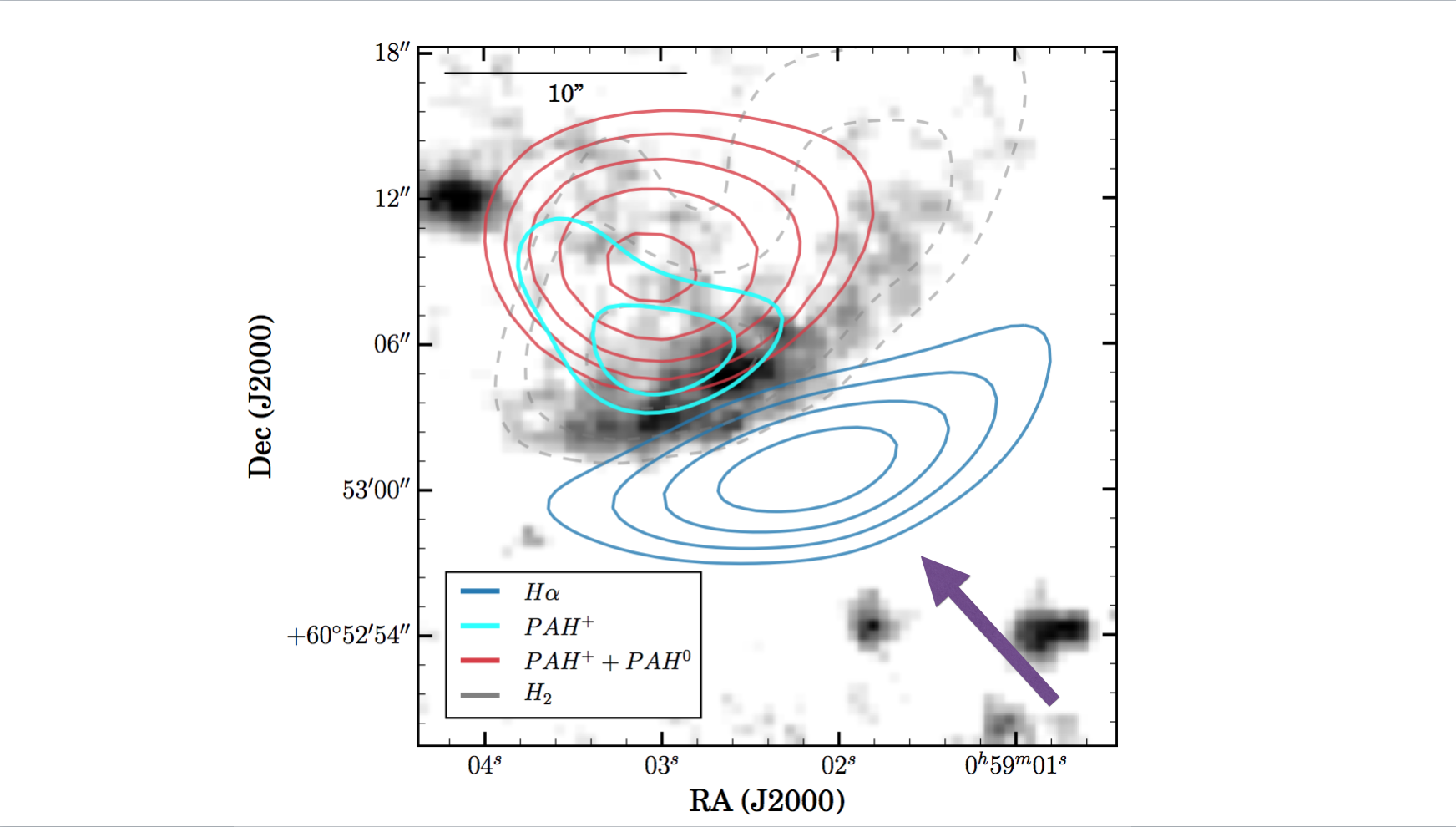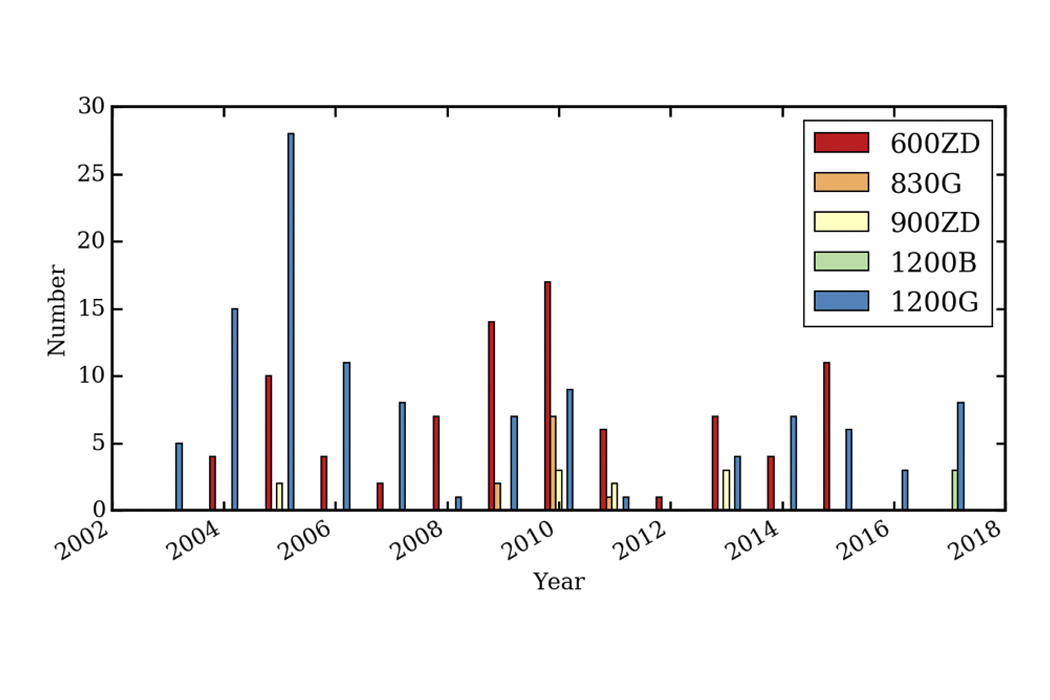
About Me
My name is Thomas Lai (賴劭愉), and I am a staff scientist at Caltech/IPAC, involved in the development of the Roman telescope pipeline. Previously, I served as a postdoctoral researcher at Caltech/IPAC, where I collaborated with Dr. Lee Armus. My research focuses on understanding the connection between starbursts and active galactic nuclei (AGN) and their influence on the surrounding interstellar medium through processes of fueling and feedback. I am also interested in constraining the mid-infrared extinction profile, investigating the properties of dust across diverse environments, and developing models for spectral decomposition.
I received my PhD at the University of Toledo, working with Prof. JD Smith and Prof. Adolf Witt on the behavior of dust grains in interstellar space, with the thesis entitled: "Exploring Small Dust Grains Across Different Galaxy Environments." I received my bachelor degree in Space Science & Engineering from National Central University, Taiwan. Later on, I was more intrigued by the distant Universe and decided to switch field from space science to astronomy. Prior to my graduate study, I worked as a research assistant with Ciska Kemper at ASIAA, where I found my interest in studying the interstellar medium.
Contact Details
Thomas Lai
MC 314-6 (Keith Spalding Building)
1200 E California Blvd, Pasadena, CA 91125
shaoyu AT ipac.caltech.edu

